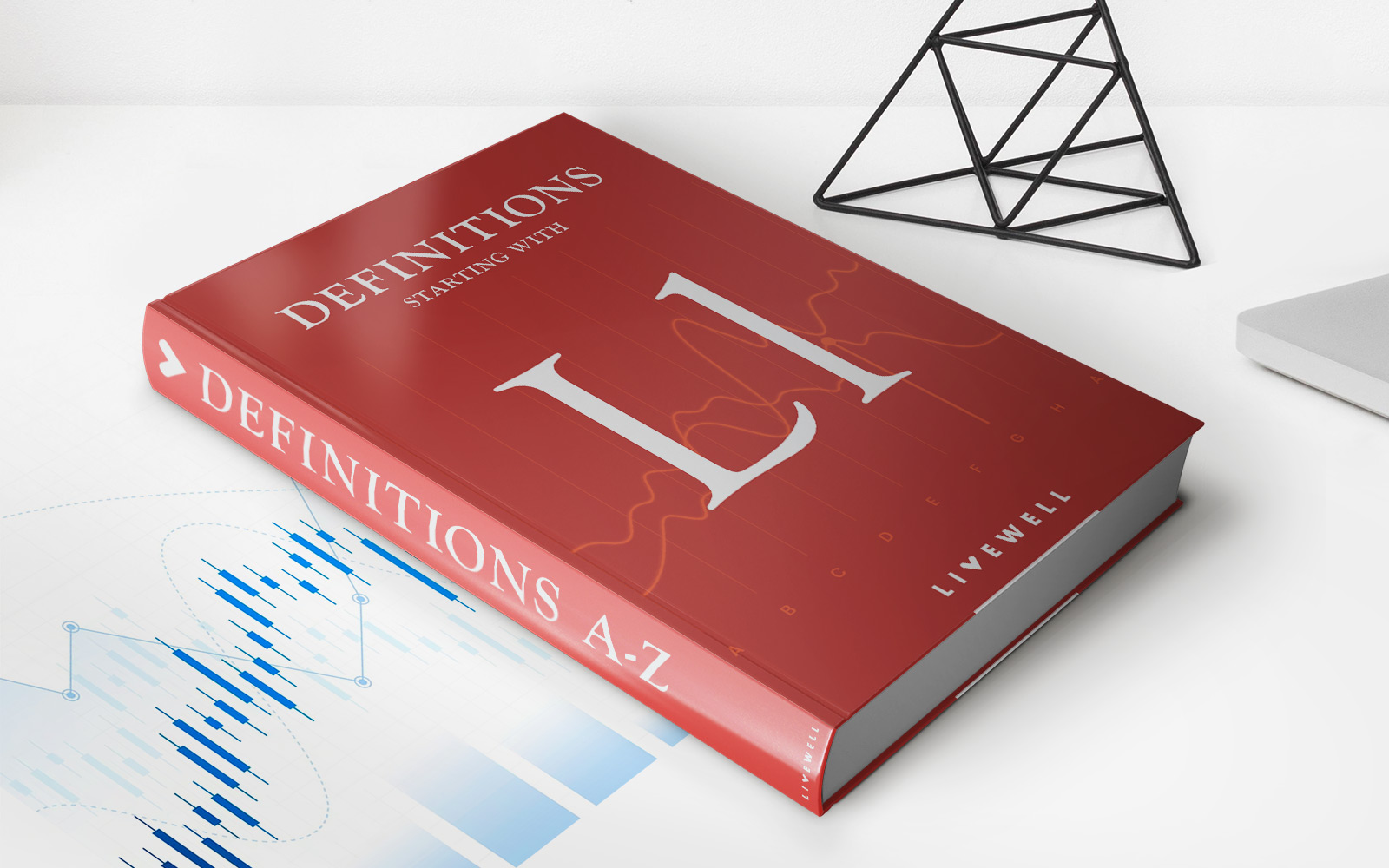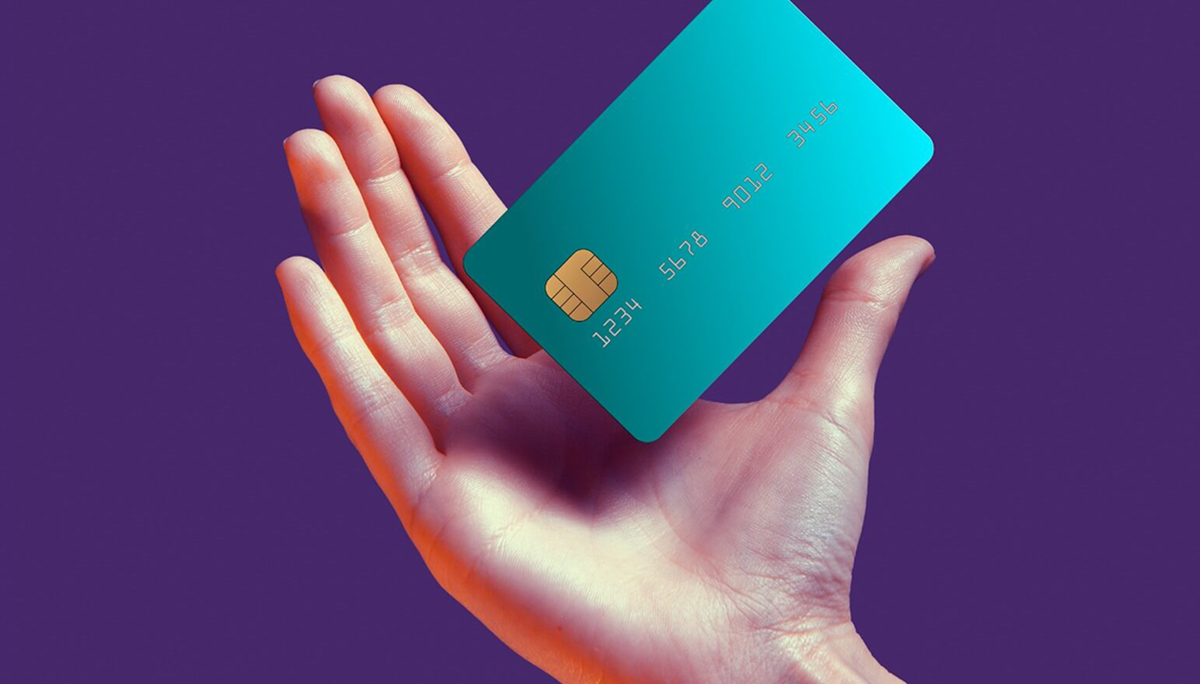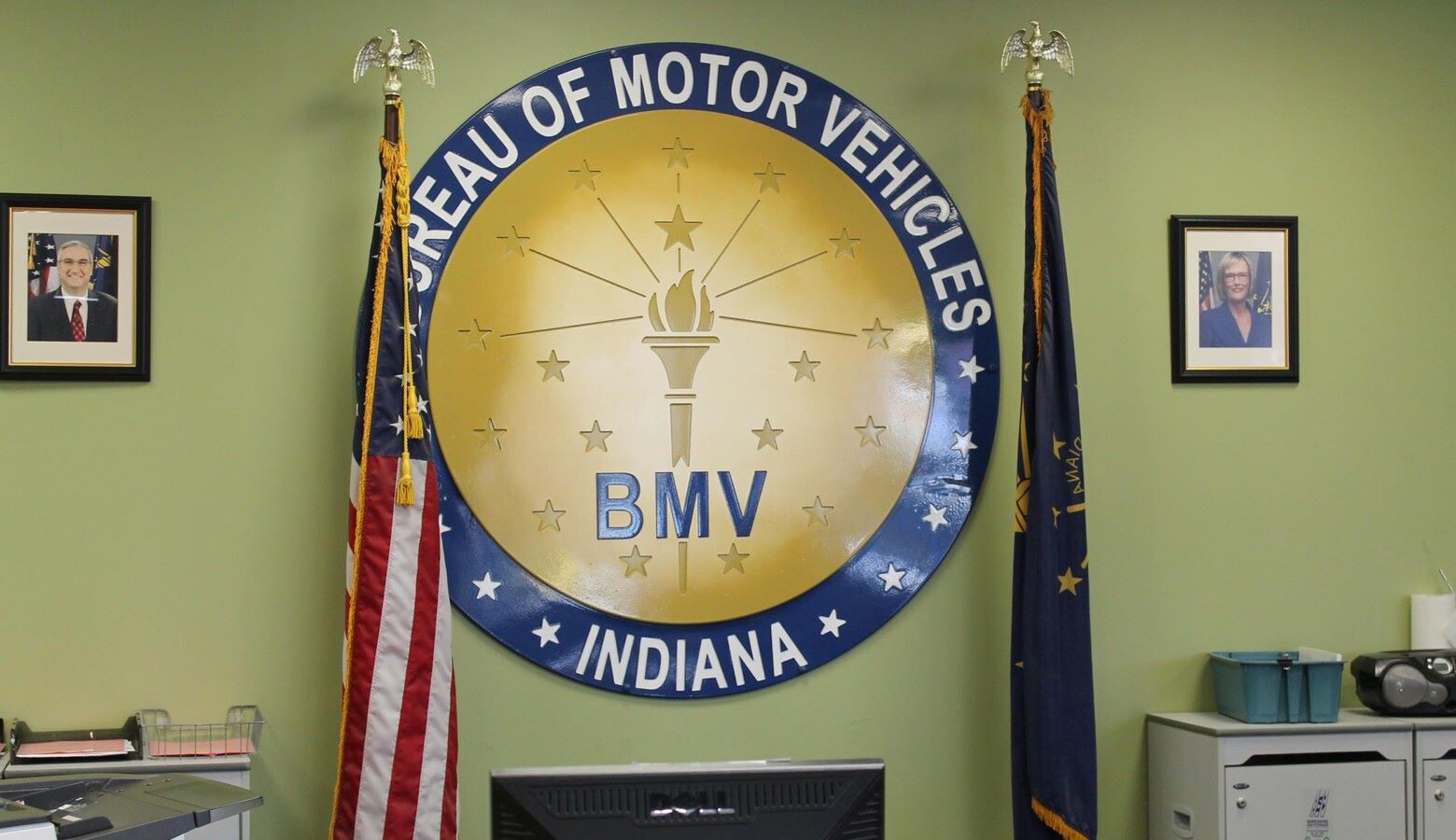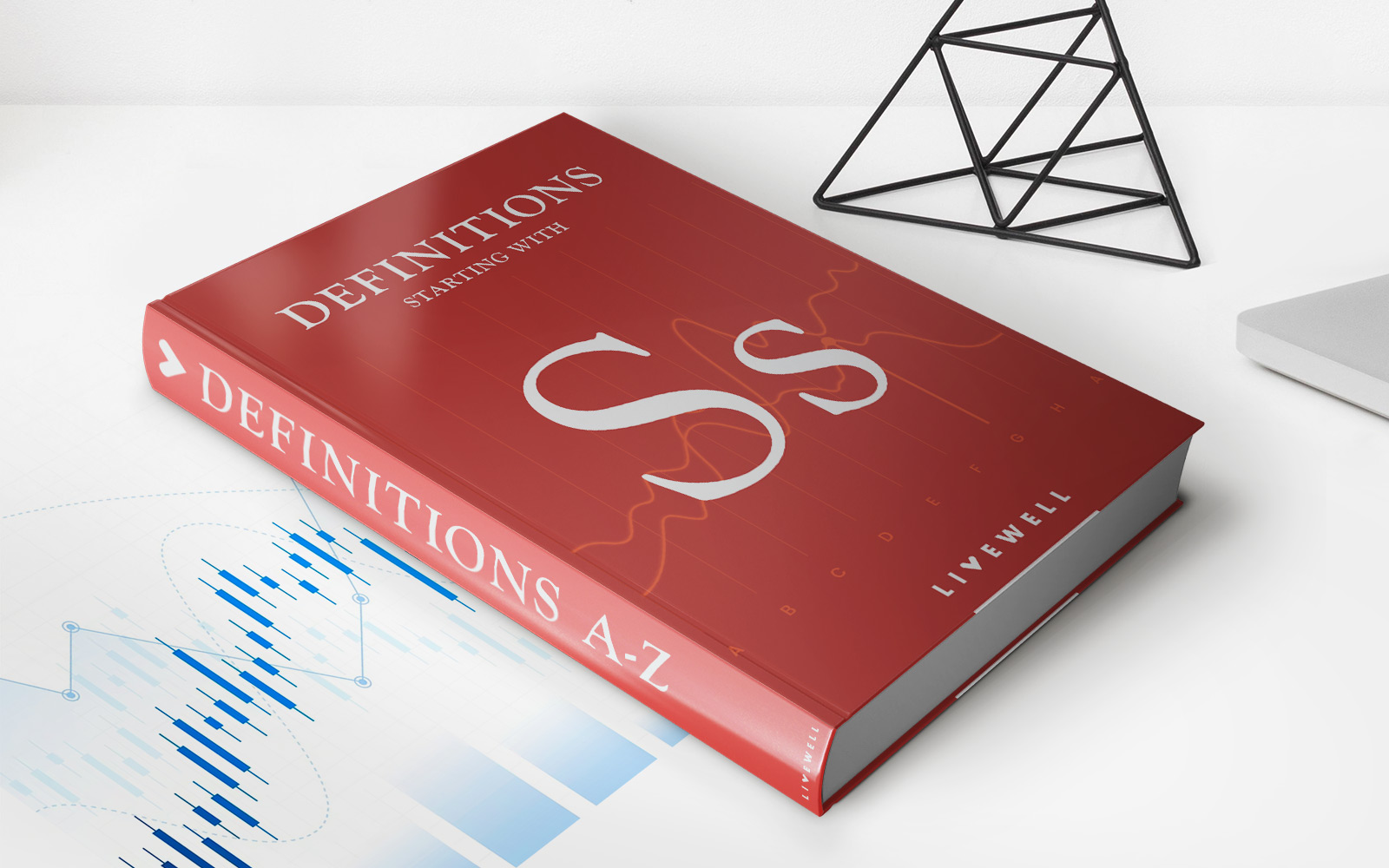Home>Finance>What Is One Reason Why Private Loans Are Less Favorable Than Federal Loans?


Finance
What Is One Reason Why Private Loans Are Less Favorable Than Federal Loans?
Published: February 18, 2024
Discover the key reason why private loans are less favorable than federal loans in the realm of finance. Explore the drawbacks and implications for borrowers.
(Many of the links in this article redirect to a specific reviewed product. Your purchase of these products through affiliate links helps to generate commission for LiveWell, at no extra cost. Learn more)
Table of Contents
Higher Interest Rates
Private loans are often less favorable than federal loans due to their higher interest rates. When students turn to private lenders to fund their education, they frequently encounter interest rates that surpass those offered by federal loan programs. These higher interest rates can significantly increase the overall amount repaid over the life of the loan, making them a less attractive option for borrowers.
Private loan interest rates are typically based on the borrower's creditworthiness. As a result, individuals with limited credit history or lower credit scores may face substantially higher interest rates compared to federal loans, where interest rates are fixed for all borrowers regardless of credit history. This discrepancy can make private loans particularly burdensome for those who are still building their credit or have faced financial challenges in the past.
Moreover, private loan interest rates are often variable, meaning they can fluctuate over time in response to market conditions. This variability introduces uncertainty and the potential for higher payments in the future, making it difficult for borrowers to plan and budget effectively.
The impact of higher interest rates is far-reaching, affecting not only the initial borrowing costs but also the long-term financial well-being of borrowers. With more of their payments going toward interest rather than principal, borrowers may find it challenging to make meaningful progress in reducing their debt burden.
Furthermore, the cumulative effect of higher interest rates can lead to increased financial stress and a longer repayment period. This can hinder borrowers from achieving other important milestones, such as saving for retirement, purchasing a home, or pursuing advanced education.
In essence, the higher interest rates associated with private loans create a substantial financial burden for borrowers, making them a less favorable option compared to federal loans with their fixed, lower interest rates. As prospective borrowers weigh their options, understanding the implications of these interest rate differentials is crucial in making informed decisions about financing their education.
Lack of Income-Driven Repayment Plans
Another reason why private loans are less favorable than federal loans is the absence of income-driven repayment plans. Federal student loans offer various income-driven repayment (IDR) plans that adjust monthly payments based on the borrower’s income and family size. These plans provide crucial flexibility for borrowers who may face financial challenges during their repayment period.
Income-driven repayment plans, such as Income-Based Repayment (IBR), Pay As You Earn (PAYE), Revised Pay As You Earn (REPAYE), and Income-Contingent Repayment (ICR), are designed to alleviate the financial strain on borrowers by capping their monthly payments at a percentage of their discretionary income. This can be especially beneficial for individuals pursuing lower-paying careers, experiencing unemployment, or managing other financial obligations.
In contrast, private loans generally do not offer comparable income-driven repayment options. Borrowers relying solely on private loans may find themselves locked into inflexible repayment terms that do not consider their current financial circumstances. This lack of flexibility can exacerbate financial hardship and increase the risk of delinquency or default.
Moreover, federal IDR plans provide the potential for loan forgiveness after 20 or 25 years of qualifying payments, offering a light at the end of the tunnel for borrowers facing prolonged financial challenges. Private loans, on the other hand, rarely offer such forgiveness programs, leaving borrowers with limited recourse for managing unmanageable debt burdens over the long term.
By not providing income-driven repayment options, private loans place a heavier burden on borrowers, particularly those facing financial instability or lower income levels. The absence of these crucial safety nets further underscores the less favorable nature of private loans compared to federal options, emphasizing the importance of carefully considering the long-term implications of borrowing for education.
Limited Options for Loan Forgiveness
One significant drawback of private loans compared to federal loans is the limited options for loan forgiveness. Federal student loans offer various avenues for loan forgiveness, providing relief for borrowers who meet specific criteria based on their employment, repayment plans, and public service contributions.
Public Service Loan Forgiveness (PSLF) is a prominent example, allowing borrowers working in qualifying public service or nonprofit positions to have their remaining loan balance forgiven after making 120 qualifying payments. This program serves as a vital incentive for individuals pursuing careers in public service and other altruistic endeavors, offering a pathway to manage their student debt responsibly.
Additionally, federal loans provide forgiveness options for teachers, healthcare professionals, and those serving in the military, recognizing their valuable contributions to society and offering tangible support in managing their educational debt. These forgiveness programs acknowledge the societal benefits derived from these professions and aim to alleviate the financial burdens associated with pursuing careers in these vital fields.
Conversely, private loans typically lack comparable forgiveness programs, leaving borrowers with limited recourse for alleviating their debt obligations. The absence of forgiveness options can significantly impact borrowers’ long-term financial planning, especially for those in lower-paying or public service-oriented professions.
Furthermore, the limited options for loan forgiveness with private loans can deter individuals from pursuing careers in public service or other sectors that contribute to the greater good. This disparity in forgiveness programs can influence career choices and create additional financial barriers for those seeking to make meaningful societal contributions.
As a result, the absence of robust forgiveness options further underscores the less favorable nature of private loans compared to federal alternatives, emphasizing the importance of evaluating the long-term implications of borrowing for educational pursuits.
Less Flexible Repayment Options
Private loans are often deemed less favorable than federal loans due to their less flexible repayment options. Federal student loans offer a range of flexible repayment plans, allowing borrowers to tailor their repayment schedules based on their financial circumstances and goals. These options include standard repayment, extended repayment, graduated repayment, and income-driven repayment plans, providing versatility and adaptability for borrowers facing diverse financial situations.
Standard repayment plans offered by federal loans typically span a 10-year period, ensuring a reasonable timeline for borrowers to repay their debt without unduly burdening their finances. Additionally, extended and graduated repayment plans provide alternatives for individuals who require longer repayment periods or anticipate increasing their income over time.
Moreover, federal loans afford the opportunity to consolidate multiple loans into a single Direct Consolidation Loan, simplifying repayment and potentially extending the repayment term, thereby reducing the monthly payment amount.
Conversely, private loans often offer limited flexibility in repayment options. Borrowers may encounter stricter terms and fewer alternatives for adjusting their repayment schedules to align with their financial capabilities. This lack of flexibility can pose challenges for individuals facing financial hardships or seeking to explore alternative career paths with lower initial income potential.
Furthermore, federal loans provide built-in borrower protections, such as deferment and forbearance options, which allow borrowers to temporarily postpone or reduce their loan payments in cases of economic hardship, illness, or other qualifying circumstances. These safeguards offer invaluable support during challenging times, providing breathing room for borrowers to regain their financial footing without defaulting on their loans.
The absence of comparable borrower protections and flexible repayment options with private loans underscores their less favorable nature compared to federal loans. As borrowers weigh their financing options, understanding the implications of these differences in flexibility is crucial for making informed decisions that align with their long-term financial well-being.














